Visiting The Korean DMZ - Everything You Need To Know
Visiting the Korean DMZ, the famous demilitarised zone between the North and South is one of the most popular things to do during a trip to the Korean Peninsula.
It is a genuinely unique and sobering place to visit and unlike anywhere else in the world.
In this article, we discuss everything you need to know about visiting the Korean DMZ.
We describe exactly how you can visit the DMZ, provide safety advice for visiting and even include tips on what things are worth seeing during your visit.
So, let’s dive into: Visiting the Korean DMZ - Everything you need to know
Disclaimer - this blog post contains affiliate links where we can earn a commission if you make a purchase through them (at no extra cost to you).
| Tip
The easiest way to visit the Korean DMZ is to embark on an Affordable DMZ Tour that includes round-trip transfer from Seoul and a visit to the Dara Observatory Lookout Point!
How to visit the DMZ
By far and away, the easiest, stress-free and most popular choice for visiting the DMZ is through an organised tour from Seoul.
The capital city is the base for most travellers to South Korea, and as a result, there is a wealth of options when it comes to day trips from Seoul - particularly for DMZ tour options.
Three of the most popular and reputable options are outlined below. We have ranked all 3 options and have given you our choice for the best-organised tour of the Korean DMZ.
Our 1st Choice: Klook
Price: 5/5
Reputation: 5/5
Reviews: 5/5
Best option for travellers from Asia and Oceania
2nd Best Choice: GetYourGuide
Price: 5/5
Reputation: 5/5
Reviews: 4/5
Best option for travellers from Europe and Worldwide
Brief history of the DMZ
The Korean Demilitarized Zone, often simply referred to as the DMZ, is a strip of land that runs through the heart of the Korean Peninsula along the 38th parallel line.
At 250km long and roughly 4km wide, the DMZ was established as a buffer zone between North and South Korea in 1953, bringing to an end the brutal Korean War that lasted 3 years and claimed over 1 million lives.
Common questions about visiting the Korean DMZ
What is the best way to see the DMZ?
You can only visit the DMZ by joining an organised tour (private or group). Our choice for the best-organised tour is the South Korea Demilitarized Zone Tour with Klook - it is a brilliant experience!
Is it safe to visit the DMZ?
This is a particularly tricky question to answer as it is entirely subjective. Naturally, visiting one of the planet's most fortified borders comes with its unique set of risk factors.
It is probably more risky to visit the Korean DMZ than to visit Gyeongbokgung Palace in Seoul, for example, but this isn’t to say that the DMZ isn’t safe.
North Korea has a history of being pretty impulsive, so, in theory, anything could happen at any time.
In general, though, the DMZ is visited en masse throughout the year, and as long as you follow instructions, it is an easy place to visit.
How much does it cost to visit the DMZ?
An important question for many is how much does it cost to visit the Korean DMZ? Obviously, this is dependent on how you choose to visit the DMZ and what tour agency you choose to visit with but roughly speaking, here is an estimate of the costs:
Half day DMZ Tour from Seoul - $60-70
Full day DMZ Tour from Seoul - $90-100
Private DMZ Tour from Seoul - $150+
How long do you need to spend at the DMZ?
Most of the tours from Seoul to the DMZ are advertised as half-day tours, but in reality, you should probably plan to be there for the majority of the day.
This is because visitor numbers are capped each day, meaning tour guides often arrive a few hours early to the ticket office to guarantee their tour will be part of the lucky few.
As a result, you can often arrive at 7 am but won’t board the shuttle bus into the DMZ until 11 am. Thereafter, it takes at least 3 hours to visit the sights within the actual demilitarised zone before heading back to the South Korean side.
Visiting Seoul soon? Then you’ll probably need to know how to buy a Korean SIM card at the airport - it’s pretty straightforward when you follow our step-by-step guide!
Is it ethical to visit the DMZ?
This is a question we had pondered over several times before we eventually decided to visit the Korean DMZ.
It is certainly one of those places in the world that kind of makes you feel uneasy about visiting - it does appear particularly voyeuristic to watch North Koreans go about their daily lives through a telescope, knowing full well that they are severely restricted and repressed.
Having said this, however, our guide stressed to us how important it is for people to visit the DMZ. It encourages people to learn about the history of the Korean Peninsula, and ultimately, this is a good thing.
We were especially impressed by the lack of South Korean propaganda - instead, our visit really highlighted how desperately the Korean people want to be United again in the future. A valuable tip for visiting South Korea is to make sure you visit the DMZ. There is no better way to learn about the plight of the Korean Peninsula than to see it with your own eyes.
Can you visit the DMZ independently?
While it is possible to visit the Civilian Control Zone independently, to visit the Korean DMZ, you have to be part of an organised tour and have a registered guide. It is mandatory.
Korean DMZ - one of the most fascinating places we’ve ever visited
Best things to see at the DMZ
Imjingak Park
The first place you enter during your visit to the DMZ is Imjingak Park - this is the entrance point to the DMZ and is where the tour guides buy your tickets for your visit.
Imjingak Park is home to several notable landmarks that you can see while you’re waiting for your allotted shuttle bus time to take you further into the DMZ.
Here’s a few of the main focal points of Imjingak Park:
Reunification Bridge - an 83m long bridge most notable for being the venue of prisoner-of-war exchanges between the North and South.
Notes on the chain-link fence - all around the DMZ are a series of fortified, barbed-wired, chain-link fences but the one found in Imjingak Park possesses several handwritten, colourful notes - personal pleas for peace and unity.
Abandoned train - for over 50 years, the train lay abandoned in the DMZ, slowly being left to rust. It was eventually rescued and now sits in Imjingak Park as a lasting symbol of peace.
Peace Gondola - the peace gondola is a cable car that takes you across the Imjin River and into the Northernmost reaches of South Korea. On the other side, you can see the peace observatory - offering views directly into the DMZ.
South Korean Military Bunker - while only small in size, this military bunker in Imjingak Park is a stark reminder of the tragedies that took place during the Korean War.
Barbed wire fence covered in handwritten notes of peace and unity at the DMZ
Looking for more great experiences in South Korea? We’d suggest visiting Gyeongbokgung Palace and Changdeokgung Palace as well as taking a trip to N Seoul Tower!
The Third Tunnel
Measuring a staggering 435m in length, the Third Tunnel of Aggression was discovered in the 1970s, and today, you are able to go into the tunnel during your visit to the DMZ.
The tunnel is one of 4 officially discovered by the South, believed to have been built by the North in an attempt to reach Seoul, the capital of South Korea.
To go into the tunnel, you have to leave all your belongings in a locker (including your phone and camera!) and go through security scanners. You even have to wear a helmet because, in places, the tunnel is as little as 1.5m high.
Once you reach the end of the tunnel, you can peer through a little window and see where the tunnel continues. Now, you are standing around only 150m from North Korea.
Guarded entrance to the Third Tunnel of Aggression
Dora Observatory (Line of Telescopes)
For us, this was the highlight of our visit to the Korean DMZ. At the Dora Observatory, there is a line of telescopes that can be used to take a peek into one of the most closed-off communities in the world.
Looking through the telescope, watching North Koreans driving their mopeds and tending to their crops is an utterly unique experience. While we appreciate it is somewhat voyeuristic, it isn’t until you see the people from the North with your own eyes that you truly realise how sad and desperate the political situation in North Korea really is.
Orla looking into North Korea at the Dora Observatory
Joint Security Area (JSA)
An eerie place where North and South Korean soldiers stand face-to-face at opposite ends of a courtyard. The Joint Security Area (JSA) is the designated area where political talks and negotiations have occurred over the years.
Understandably, the JSA is under the mercy of political tensions and relationships at any given time, and so it is very common for visits to the JSA to be cancelled with little-to-no notice.
Worth noting: the JSA is currently not open to visitors due to the political tensions between the North and the South. At the time of writing, there is no guarantee that it will be reopened any time soon.
Safety advice for visiting the DMZ
As we have mentioned previously, visiting one of the world’s most heavily fortified borders presents a unique set of challenges and concerns for travellers.
Generally, a trip to the DMZ passes by without incident, but it is still essential to be cautious and respectful when visiting.
Here’s a few of our best safety tips for the Korean DMZ:
Always listen to your guide and DMZ staff - they are there to help you and keep you safe, so listen to what they say.
Keep up to date with the current political climate - reading the news leading up to your visit means you can make an informed decision as to whether you feel comfortable visiting the DMZ.
Stick to the designated areas - it’s not the kind of place where you want to be wandering off!
Follow signs and instructions - pretty self-explanatory but still important; please follow the rules.
Handwritten peace notes - a poignant sight at the DMZ
Tips for visiting the Korean DMZ
Here’s some of our best tips for visiting the Korean DMZ:
Keep an eye on the time - the shuttle bus that takes you around the DMZ has set times in each place, so make sure you don’t get left behind.
Be prepared to wait around for a long time at the beginning - waiting up to 4 hours is a standard as tour guides and local operators arrive earlier and earlier to secure tickets for their groups.
Bring your passport - you must have your passport with you to visit the DMZ; you’d be surprised how many people forget this crucial item!
Dress smartly - we don’t suggest wearing a 3-piece suit, but it is important to dress relatively smartly when visiting the DMZ as in the past, photos of tourists wearing ripped jeans have been used as propaganda to convince North Koreans that the outside world cannot afford regular clothing.
There we have it, folks, a conclusive round-up of everything you need to know about visiting the Korean DMZ - one of the most fascinating, intriguing and sobering places we have ever had the pleasure of visiting.
We often get asked where we should stay in Seoul for a first-time visit, so we decided to create this comprehensive guide of where to stay in Seoul, so you will know the best neighbourhood to venture back to once you’ve completed your DMZ tour.
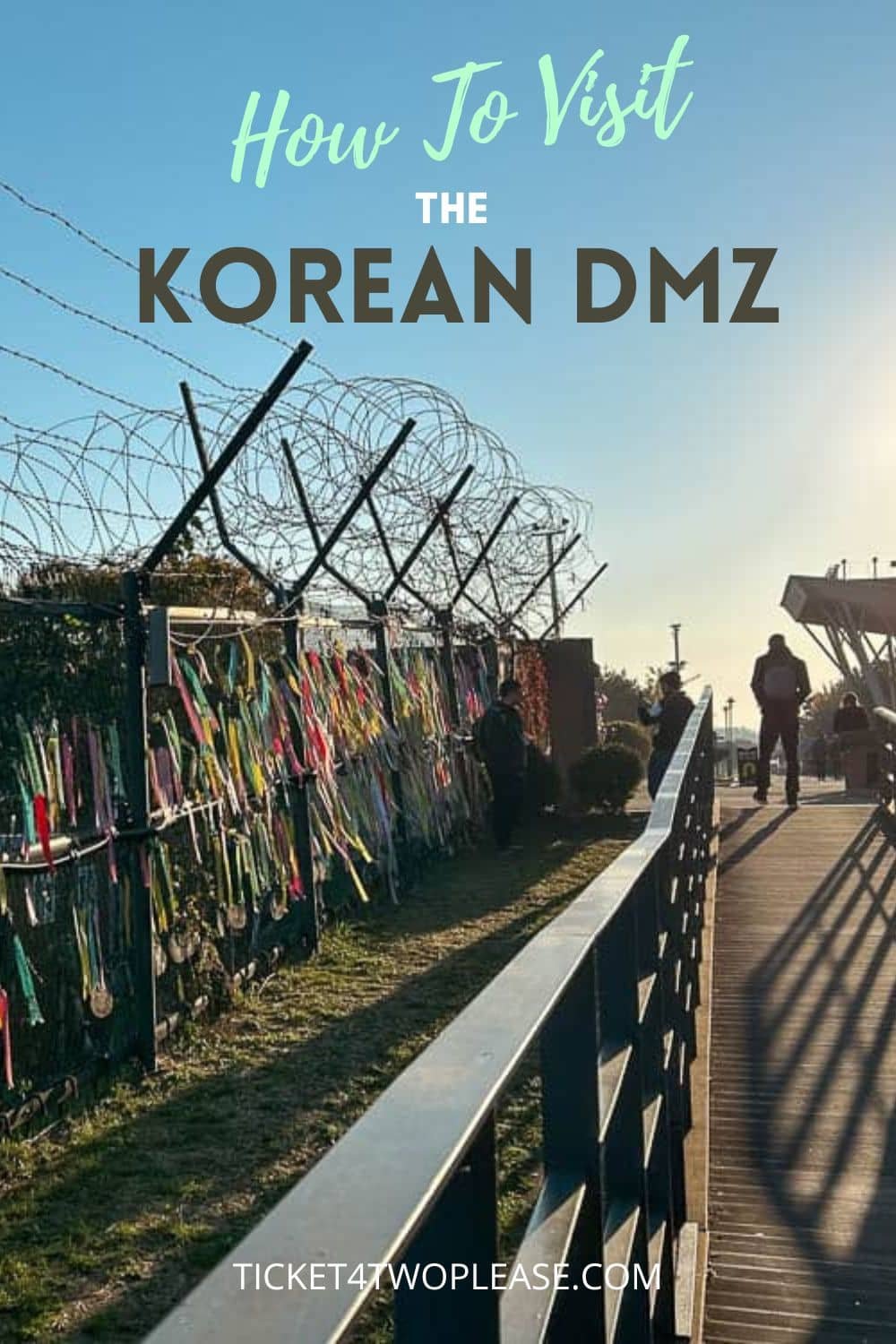




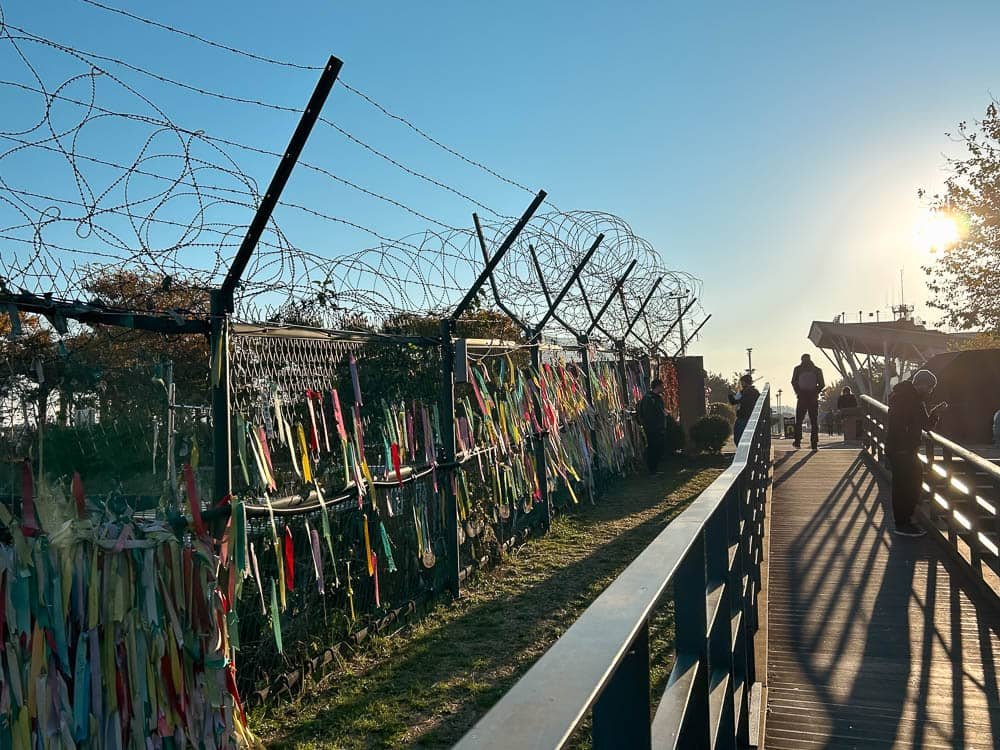
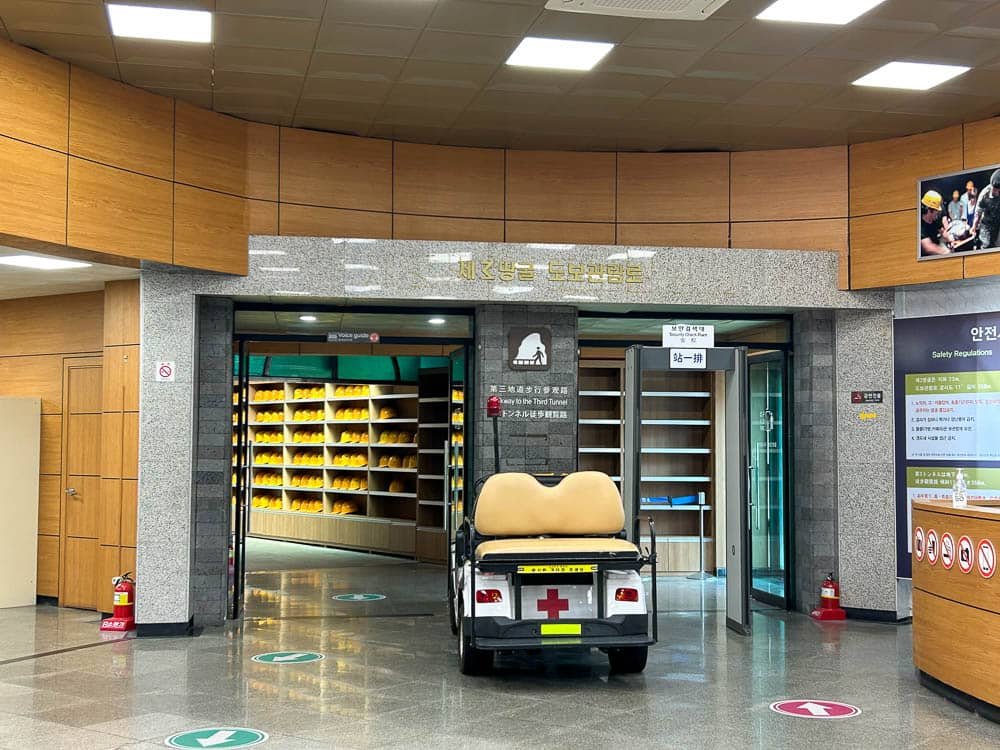
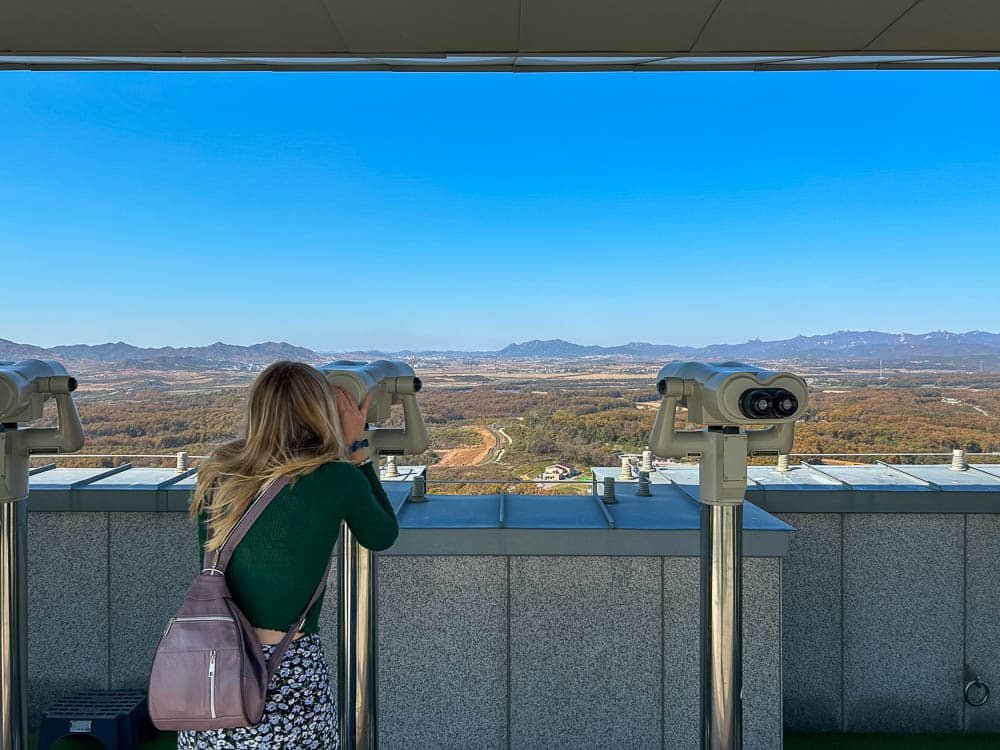
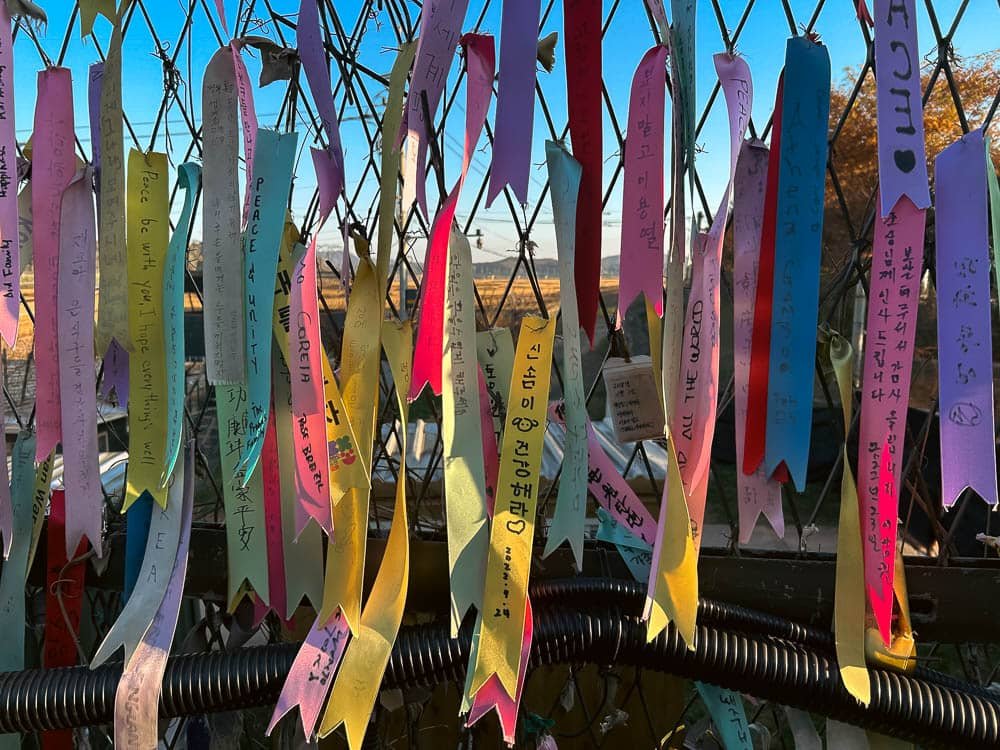
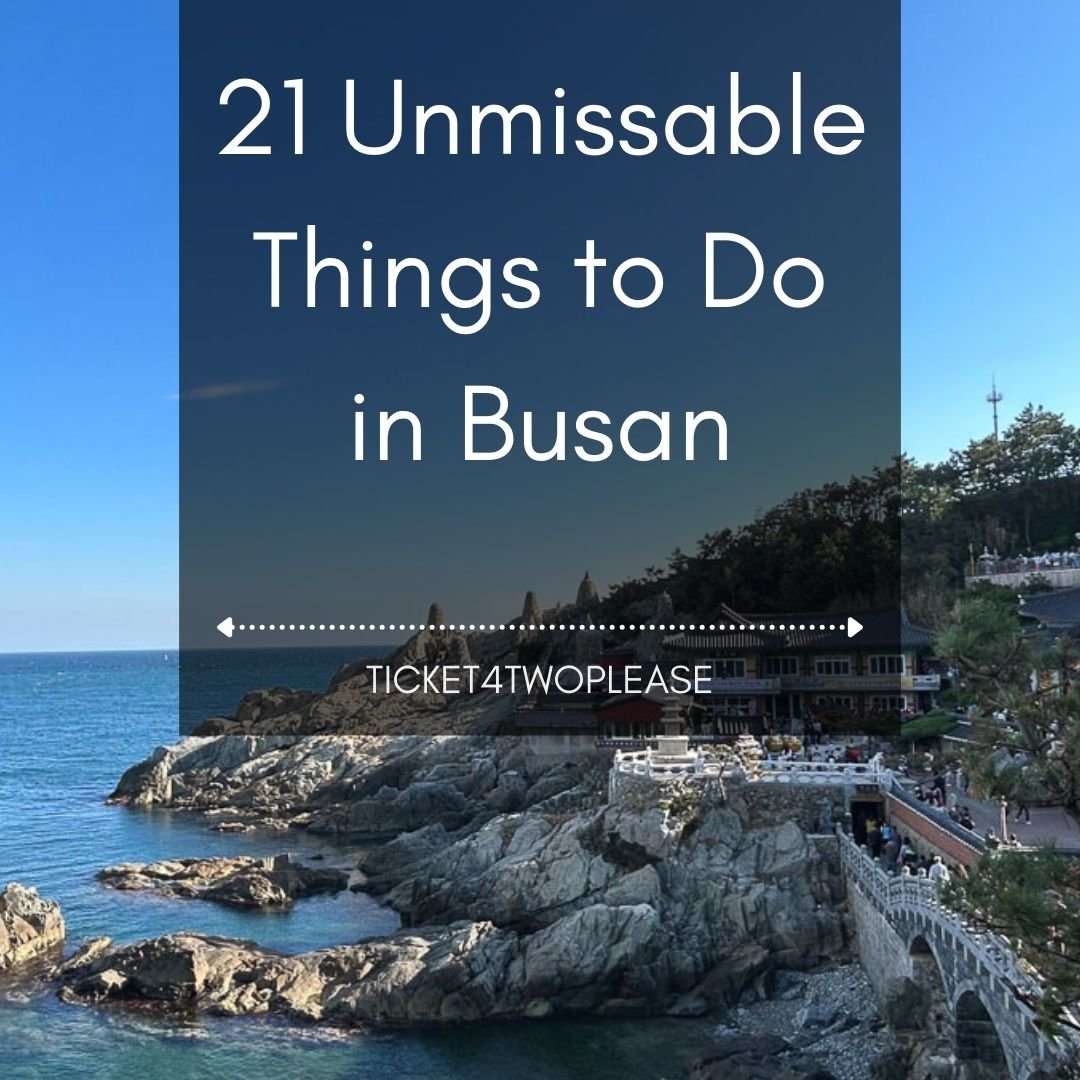
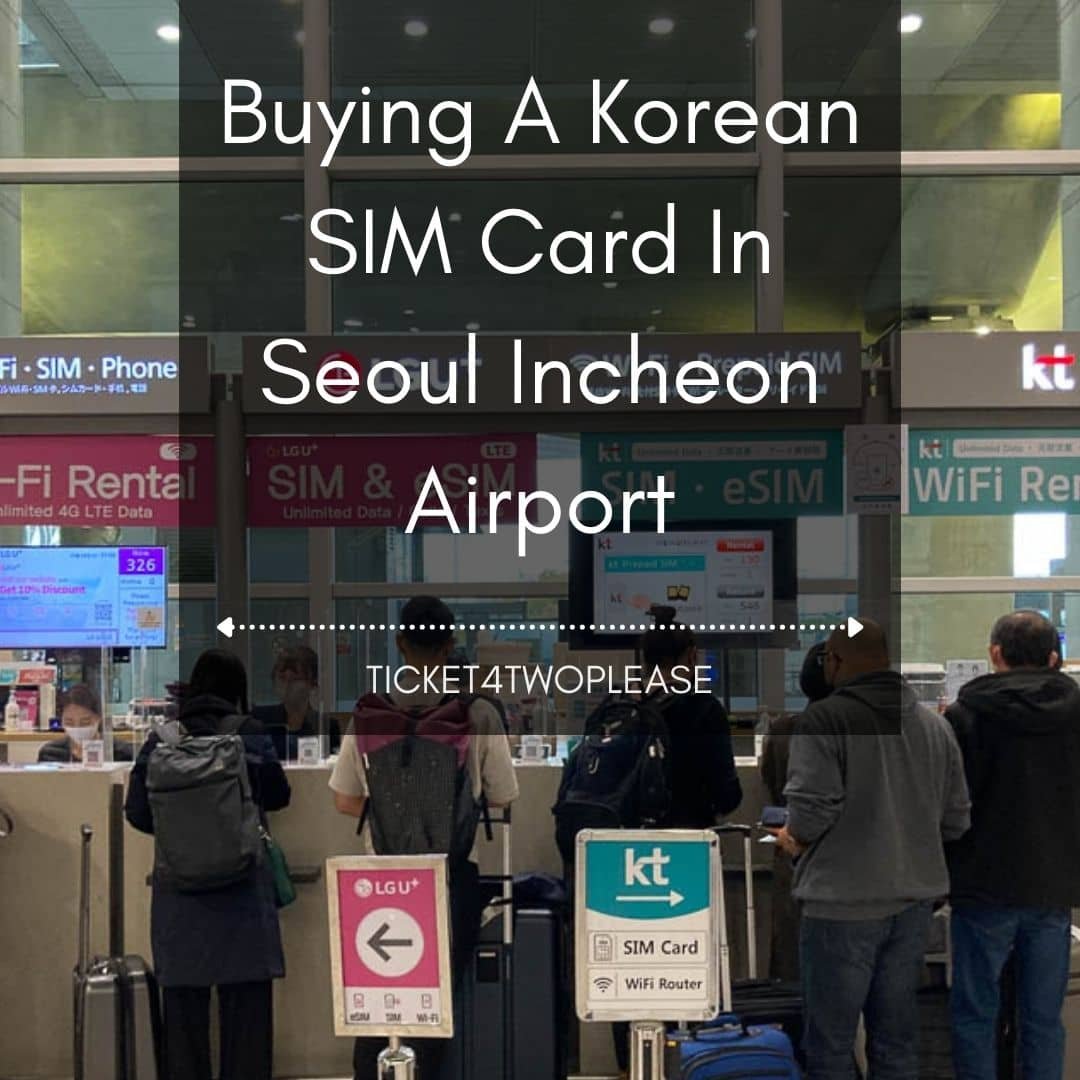
Seoul, South Korea, is routinely voted one of the world’s most walkable cities - but how walkable is Seoul in reality? In this article, we discuss how easy it is to walk around Seoul.